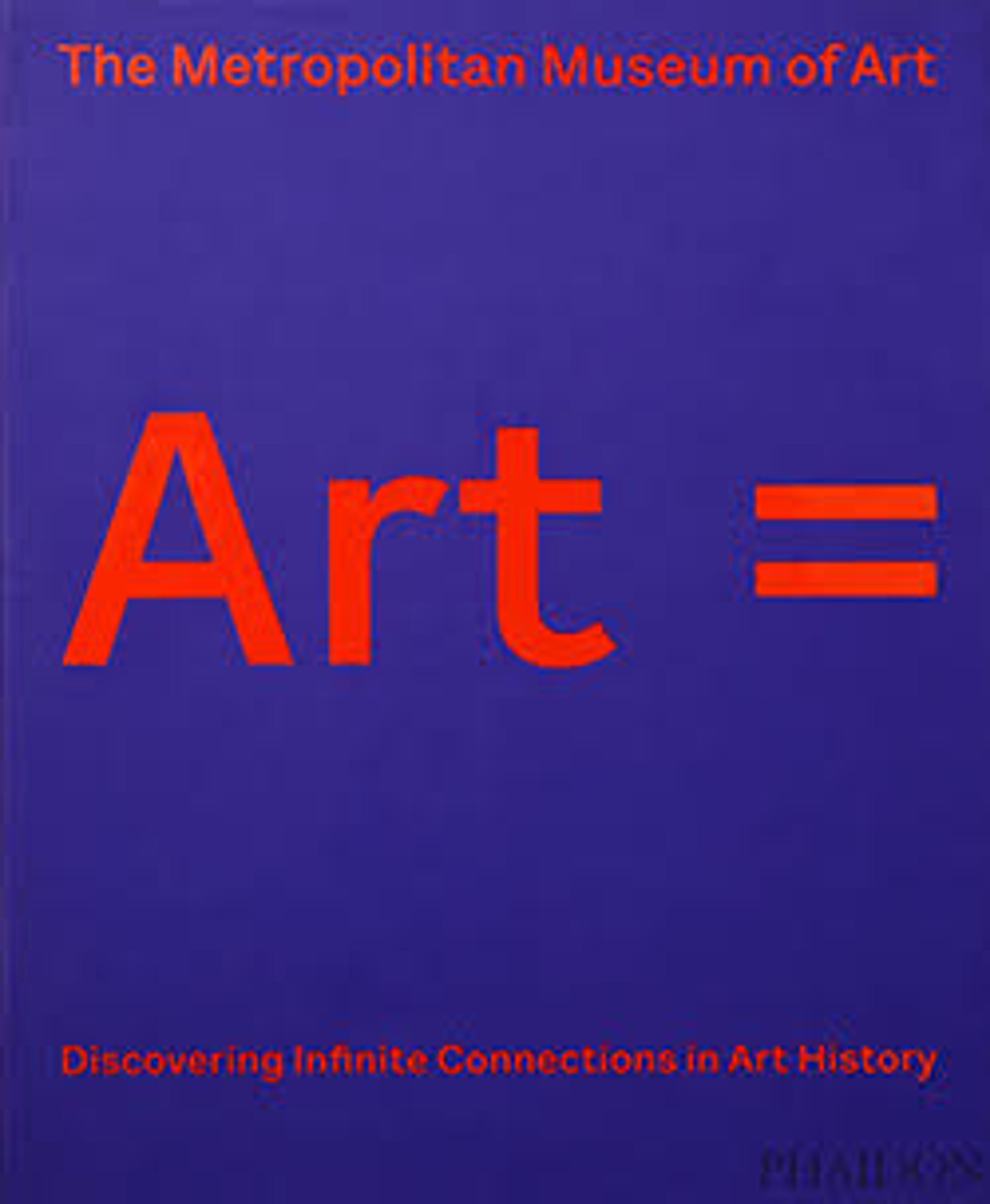Bursa Reliquary
The flat, geometric, and abstract style of the designs on this reliquary is similar to ivory carvings and architectural decoration of northern Italy. The openwork patterns of the bone plaques were originally silhouetted against gilded copper foil, creating a play of light and shadow. Traces of green and vermilion paint can still be seen accentuating the interlace borders of the designs. The religious purpose of this box is indicated by the "cross" that divides its face into four fields. Its shape derives from purses, or bursas, made of precious textiles in which saints’ relics were carried.
Artwork Details
- Title: Bursa Reliquary
- Date: 10th century
- Culture: North Italian
- Medium: Bone, paint, copper gilt, iron brads, and sycamore wood
- Dimensions: Overall: 7 3/4 x 7 5/16 x 3 1/4in. (19.7 x 18.6 x 8.3cm)
- Classification: Ivories-Bone
- Credit Line: The Cloisters Collection, 1953
- Object Number: 53.19.2
- Curatorial Department: Medieval Art and The Cloisters
More Artwork
Research Resources
The Met provides unparalleled resources for research and welcomes an international community of students and scholars. The Met's Open Access API is where creators and researchers can connect to the The Met collection. Open Access data and public domain images are available for unrestricted commercial and noncommercial use without permission or fee.
To request images under copyright and other restrictions, please use this Image Request form.
Feedback
We continue to research and examine historical and cultural context for objects in The Met collection. If you have comments or questions about this object record, please contact us using the form below. The Museum looks forward to receiving your comments.
